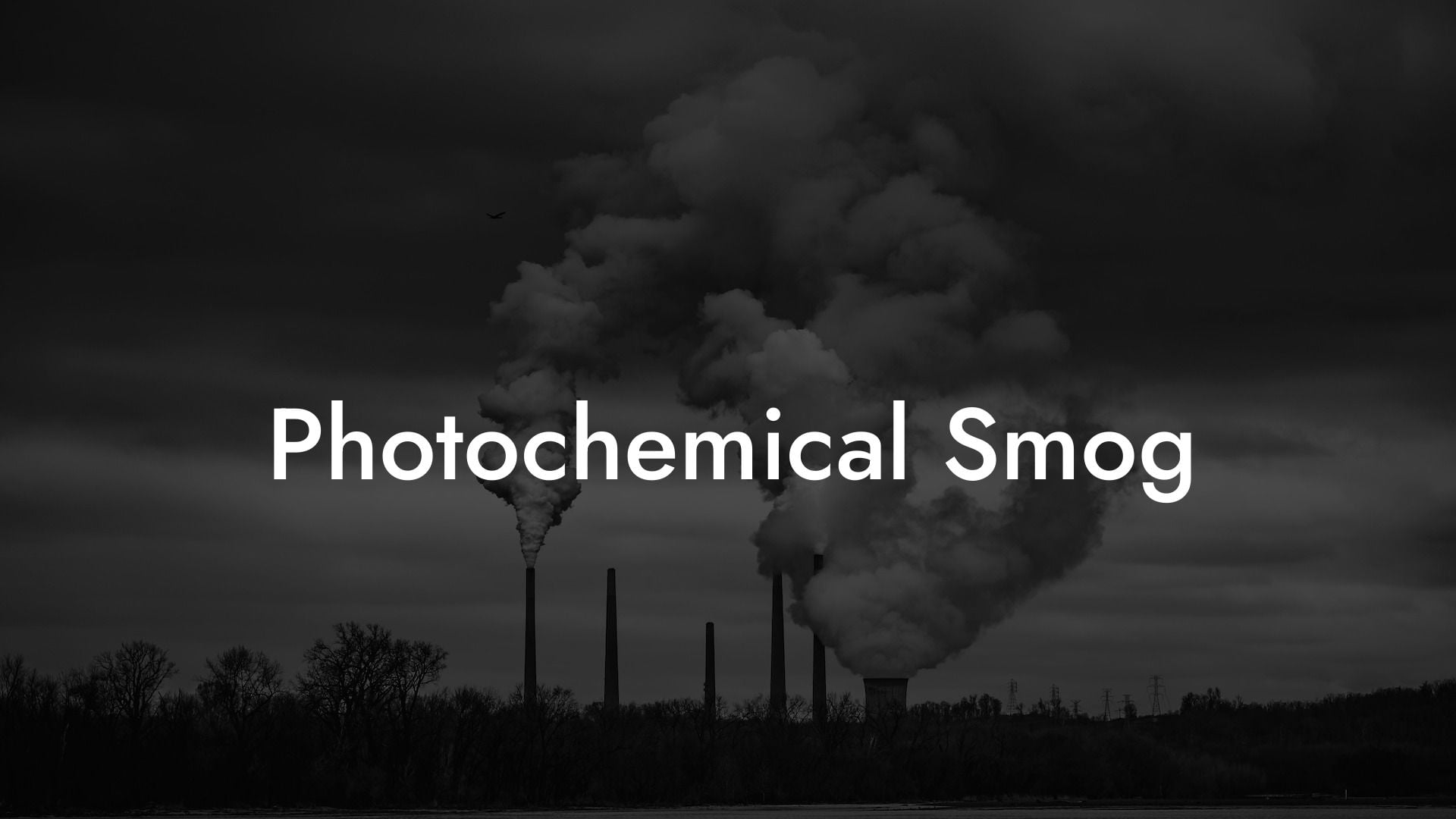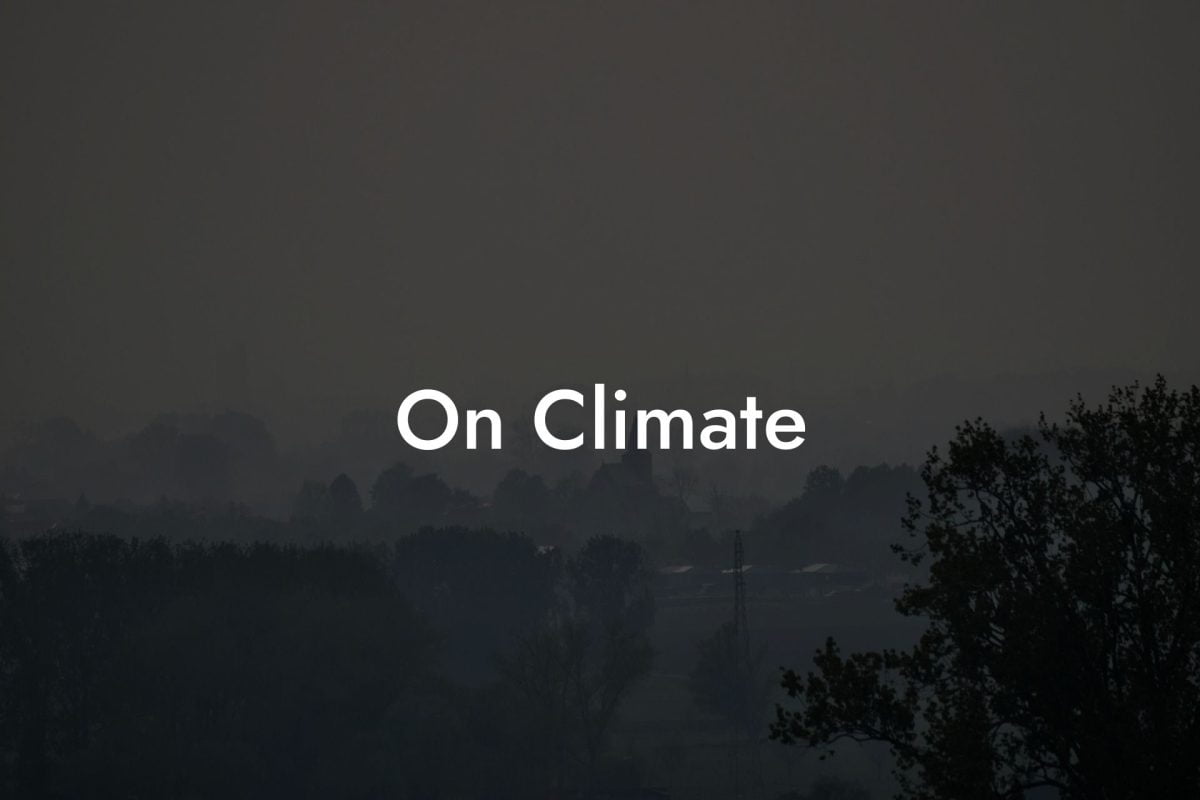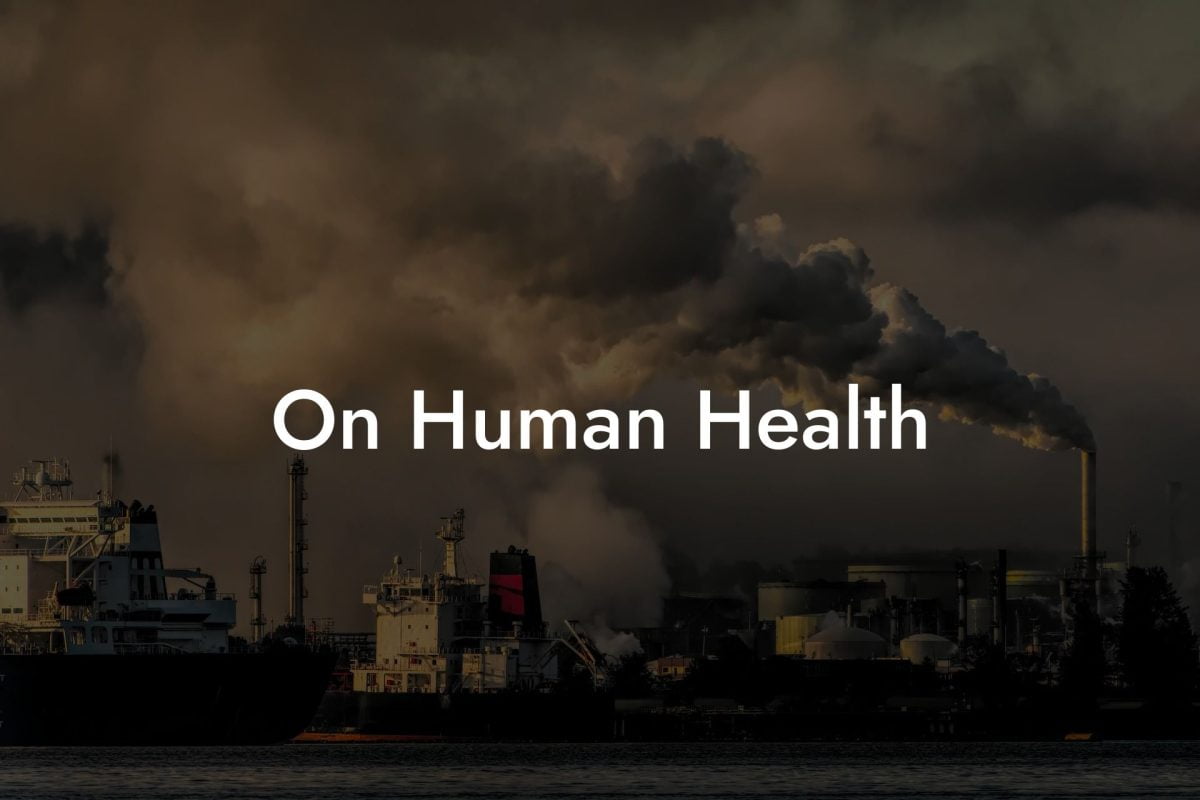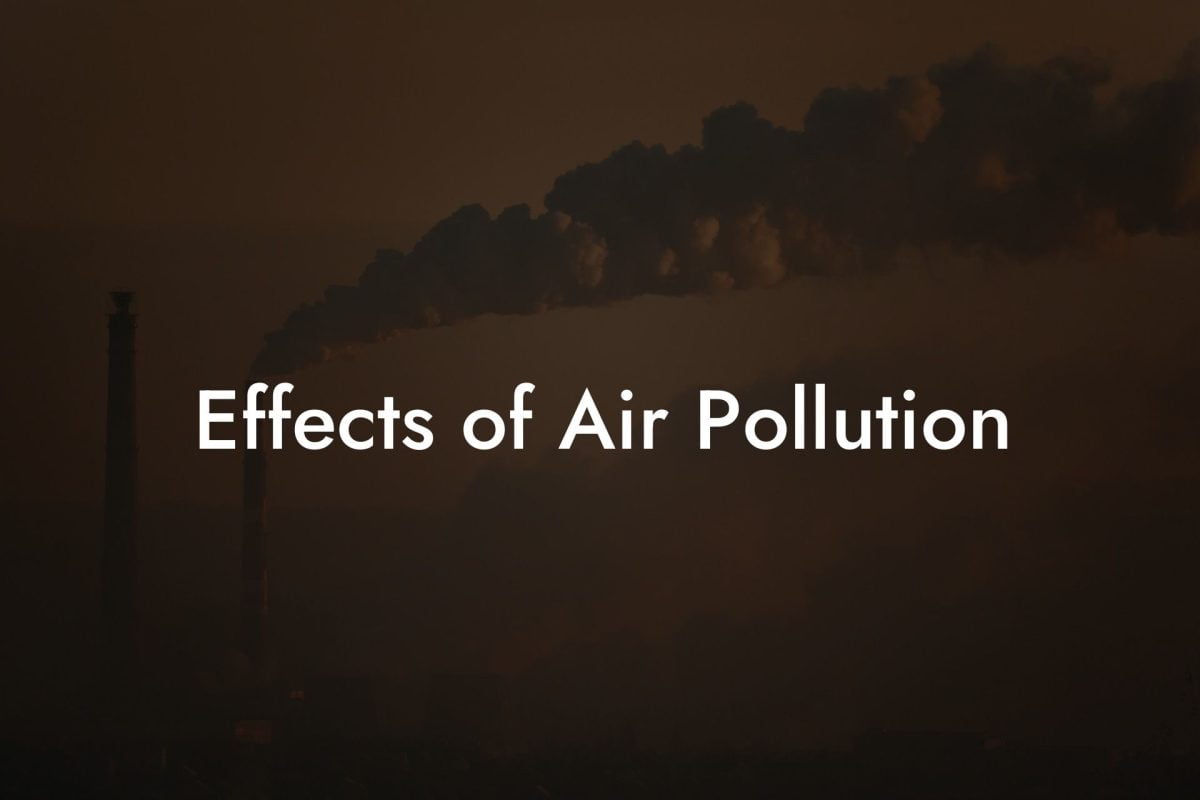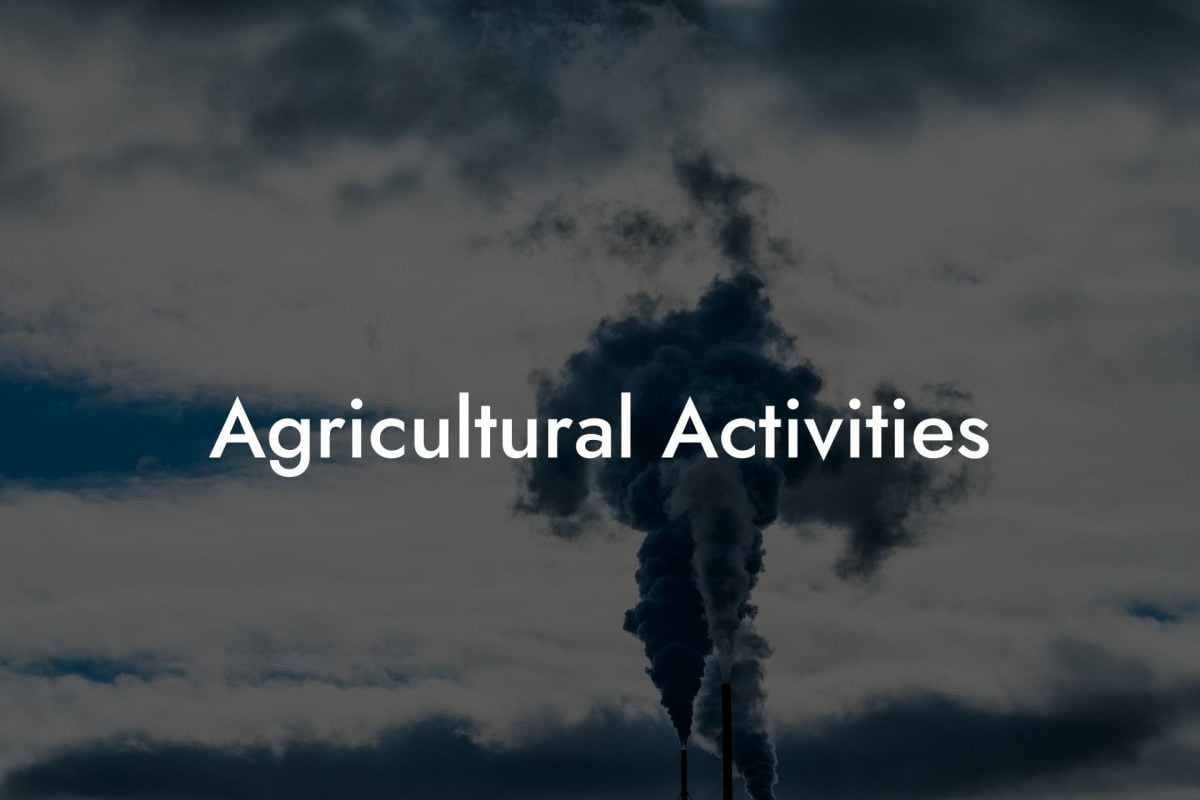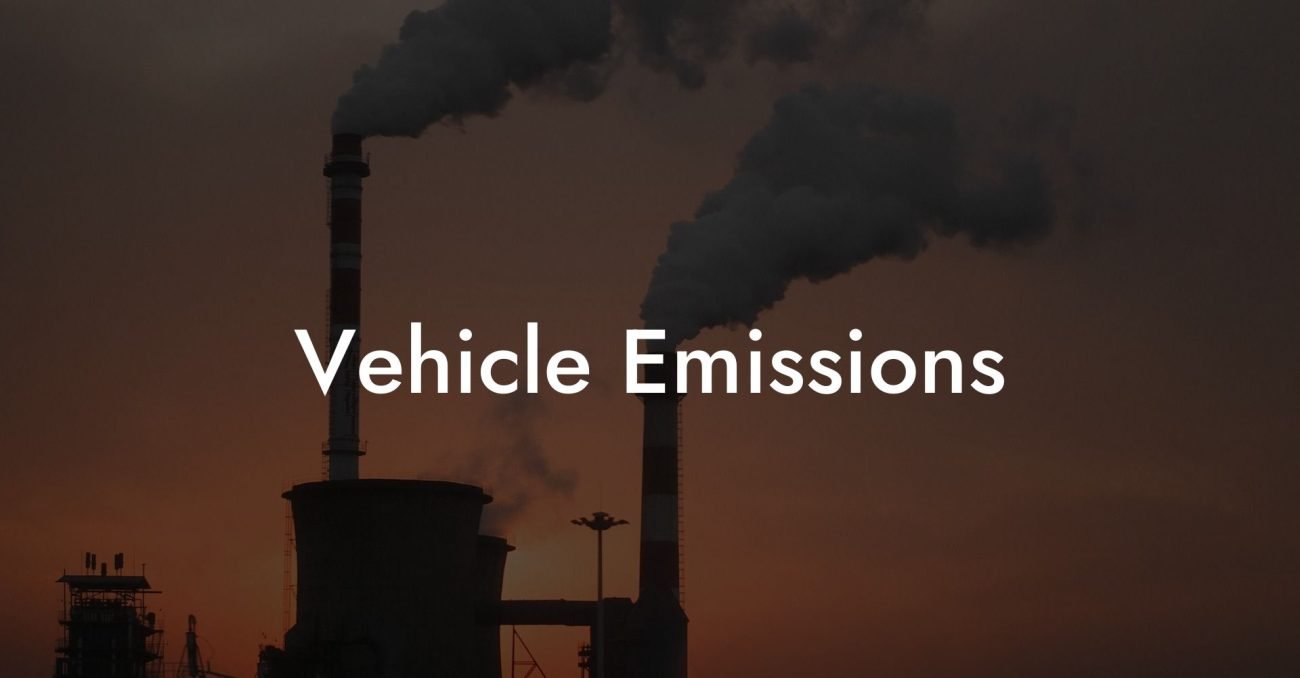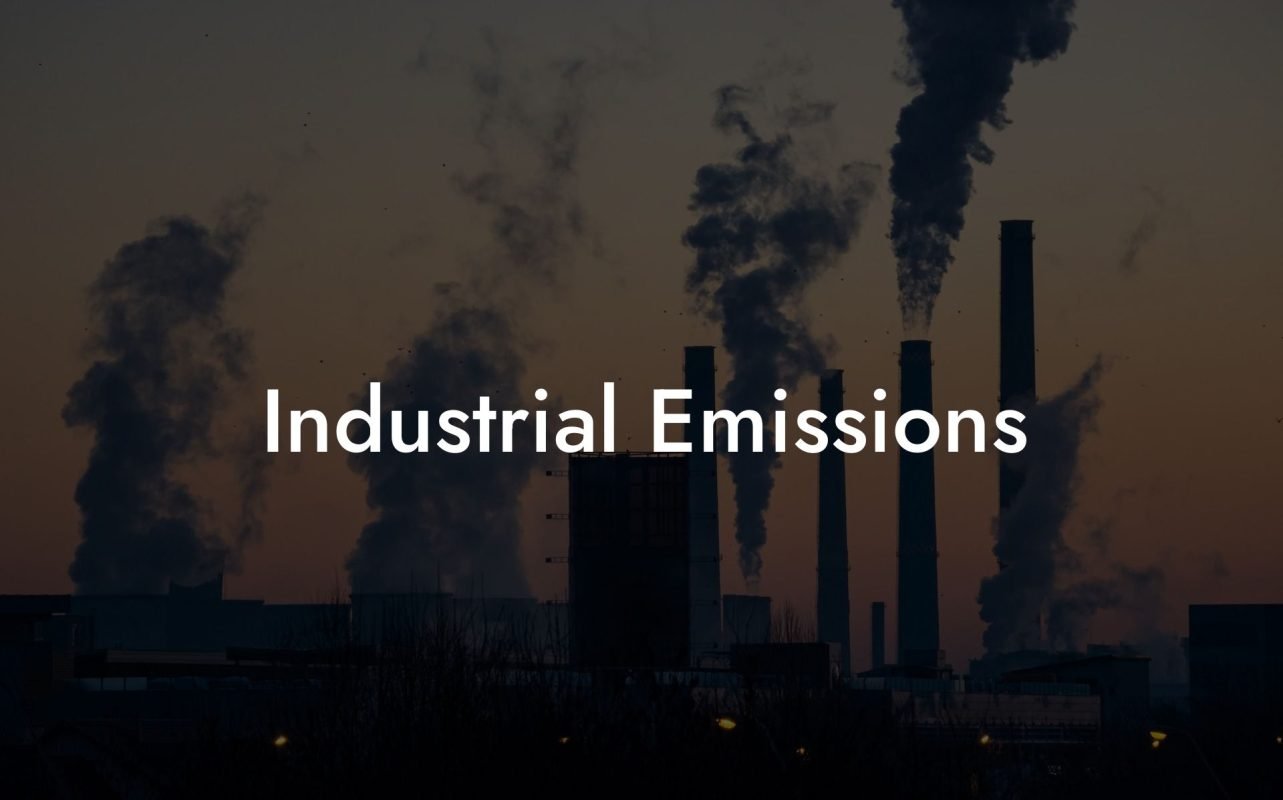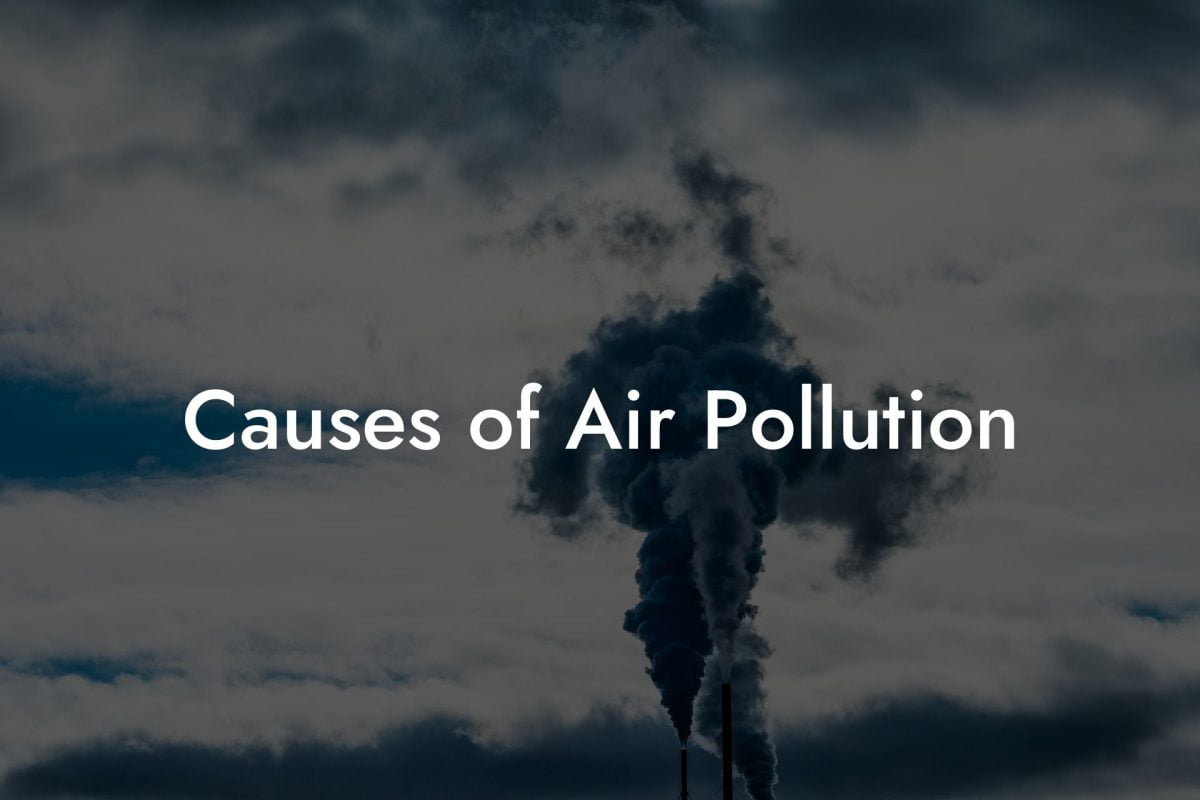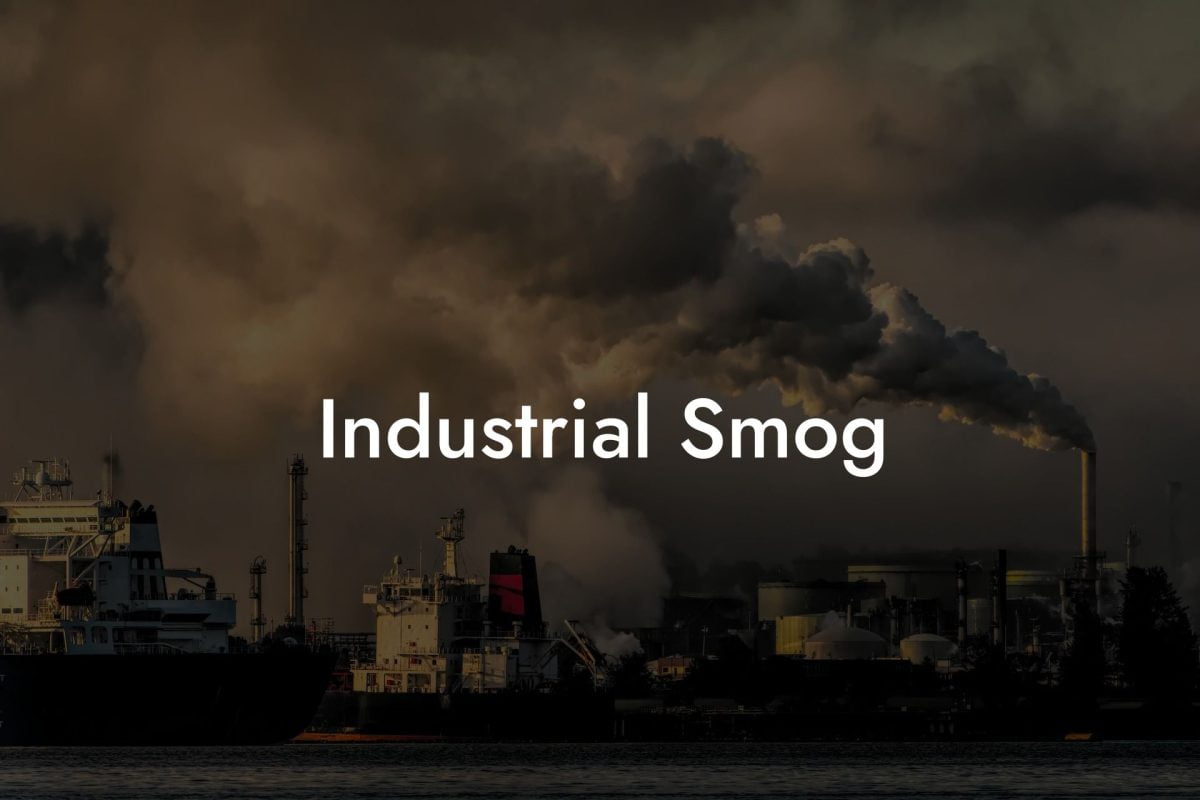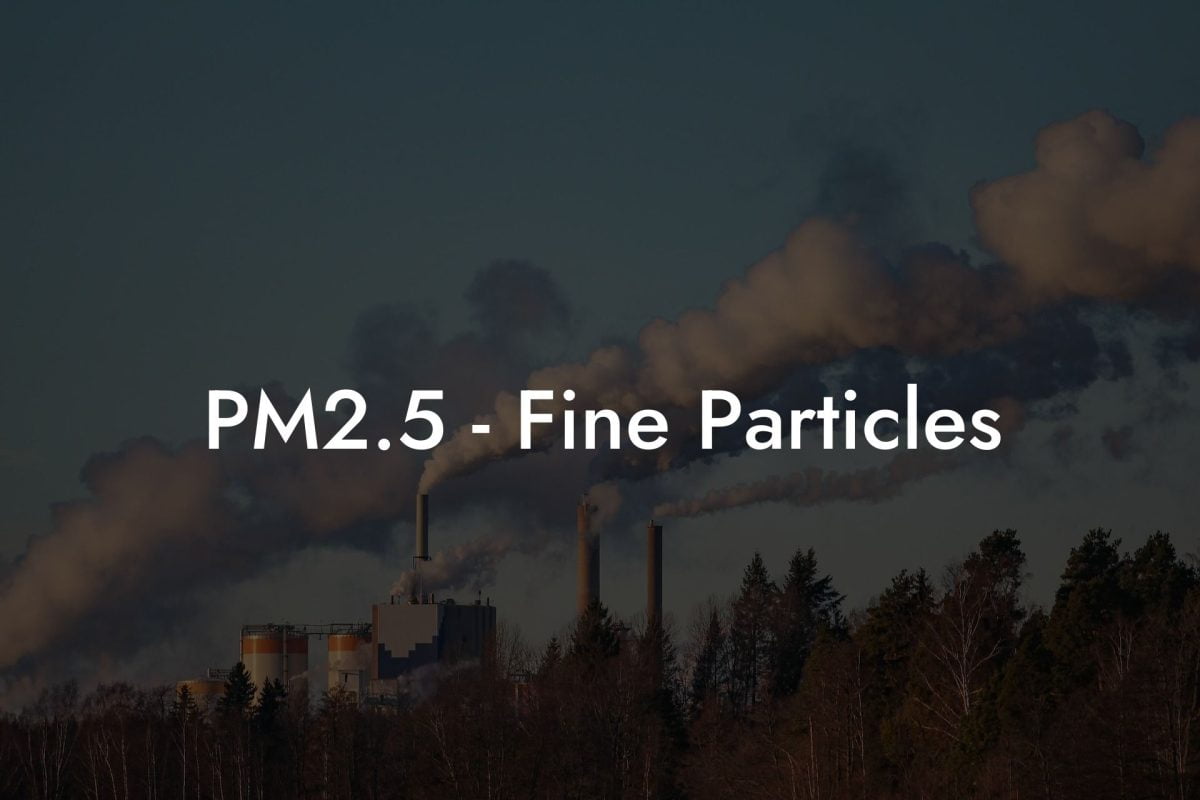Introduction to Photochemical Smog
Photochemical smog is a type of air pollution that's particularly prevalent in urban areas with heavy traffic. It is formed by the interaction of sunlight with pollutants like nitrogen oxides (NOx) and volatile organic compounds (VOCs) in the atmosphere.
Understanding Its Formation
The term "photochemical" indicates that this smog is created through chemical reactions driven by solar radiation. These reactions lead to the formation of various harmful compounds, most notably ground-level ozone.
The Chemistry of Photochemical Smog
Role of Sunlight
Sunlight plays a crucial role in photochemical smog formation by providing the energy needed for chemical reactions between NOx and VOCs.
Key Pollutants
Nitrogen oxides and volatile organic compounds, mainly emitted from vehicle exhausts, industrial emissions, and some natural sources, are the primary contributors to photochemical smog.
Sources of Photochemical Smog
Urban Traffic
High volumes of road traffic are major sources of NOx and VOCs, leading to higher levels of photochemical smog in urban areas.
Industrial Emissions
Factories and power plants also contribute significantly to the levels of NOx and VOCs in the atmosphere.
Natural Sources
Certain plants emit VOCs naturally, which can also contribute to smog formation under the right conditions.
Health Impacts of Photochemical Smog
Respiratory Problems
Exposure to photochemical smog can cause and exacerbate respiratory issues, including asthma, bronchitis, and reduced lung function.
Eye Irritation
Compounds in photochemical smog, especially ozone, can cause eye irritation and discomfort.
Vulnerable Groups
Children, the elderly, and individuals with existing respiratory or heart conditions are particularly at risk from the health effects of photochemical smog.
Environmental Effects
Damage to Vegetation
Ground-level ozone and other components of photochemical smog can harm vegetation, reducing agricultural productivity and affecting ecosystem health.
Impact on Wildlife
Air pollutants in smog can also have detrimental effects on wildlife, particularly on species with sensitive respiratory systems.
Monitoring and Measuring Photochemical Smog
Air quality monitoring stations equipped with sensors and analyzers are key to tracking the levels of pollutants that contribute to photochemical smog.
Satellite Monitoring
Satellites offer broad-scale monitoring of smog and its key components, providing valuable data for analysis and policy-making.
Mitigating Photochemical Smog
Emission Reduction
Reducing emissions of NOx and VOCs from vehicles and industrial sources is crucial in controlling photochemical smog.
Alternative Transportation
Promoting public transportation, cycling, walking, and the use of electric vehicles can help reduce urban traffic emissions.
Regulatory Policies
Governments implement air quality standards and regulations to control the emissions of pollutants contributing to smog.
Photochemical Smog in the UK
Current State
In the UK, photochemical smog is a concern, particularly in densely populated and heavily industrialized areas.
Initiatives and Regulations
The UK has taken various measures, including traffic management and industrial emission controls, to combat photochemical smog.
UK Air Pollution: Your Comprehensive Air Quality Resource
Extensive Database on Air Pollution
UK Air Pollution offers a vast database of air quality data, including information on pollutants contributing to photochemical smog across all UK locations and postcodes.
Why UK Air Pollution?
Our platform provides detailed, up-to-date, and accessible information, making it an invaluable tool for researchers, policymakers, environmental professionals, and the public.
Enhancing Air Quality Management
Leverage UK Air Pollution for comprehensive insights into photochemical smog, supporting your projects in air quality management, research, and public health initiatives in the UK.
Frequently Asked Questions
What is Photochemical Smog?
Photochemical smog is a type of air pollution formed by the reaction of sunlight with pollutants such as nitrogen oxides (NOx) and volatile organic compounds (VOCs) in the Earth's atmosphere.
How is Photochemical Smog Formed?
It is formed when primary pollutants like NOx and VOCs emitted from vehicles, industrial processes, and other sources react under the influence of sunlight to produce secondary pollutants like ozone and peroxyacetyl nitrate.
What are the Primary Pollutants in Photochemical Smog?
The primary pollutants are nitrogen oxides and volatile organic compounds, which originate from automobile exhaust, industrial emissions, and chemical solvents.
Why is it Called "Photochemical" Smog?
It's called "photochemical" because the smog formation involves chemical reactions that are driven by sunlight ("photo" refers to light).
What Are the Major Components of Photochemical Smog?
Major components include ground-level ozone, peroxyacetyl nitrate, and other secondary pollutants created by the photochemical reactions.
How Does Photochemical Smog Affect Human Health?
Photochemical smog can cause respiratory problems, irritate the eyes, throat, and lungs, and exacerbate conditions like asthma and chronic bronchitis.
What Weather Conditions Contribute to Photochemical Smog?
Warm and sunny weather with stagnant air contributes to the formation of photochemical smog, as it facilitates the reaction of pollutants with sunlight.
How Can Photochemical Smog Be Reduced?
Reducing photochemical smog involves controlling emissions of NOx and VOCs, promoting the use of cleaner fuels, enhancing vehicle emission standards, and encouraging public transportation.
What is Ground-Level Ozone?
Ground-level ozone, a key component of photochemical smog, is a harmful pollutant formed from the reaction of sunlight with NOx and VOCs near the Earth's surface.
How Does Photochemical Smog Affect the Environment?
It affects the environment by harming plant life, reducing visibility, damaging ecosystems, and contributing to global climate change.
Can Photochemical Smog Occur Indoors?
While photochemical smog is predominantly an outdoor problem, some of its components, like ozone, can infiltrate indoor environments, especially in areas with high outdoor smog levels.
How Do Urban Areas Contribute to Photochemical Smog?
Urban areas contribute significantly due to high concentrations of vehicles and industrial activities that release large amounts of NOx and VOCs.
What Role Does Traffic Play in Photochemical Smog?
Traffic is a major contributor, as vehicle emissions are a primary source of the nitrogen oxides and volatile organic compounds that lead to smog formation.
How is Photochemical Smog Different from Industrial Smog?
Photochemical smog primarily results from chemical reactions involving sunlight, NOx, and VOCs, producing ozone and other secondary pollutants, whereas industrial smog is characterized by sulfur dioxide and smoke from industrial emissions.
What Health Precautions Can Be Taken During High Smog Days?
During high smog days, it's advisable to stay indoors, limit physical exertion, keep windows closed, use air purifiers, and wear masks if necessary.
How Does Photochemical Smog Affect Children and the Elderly?
Children and the elderly are more vulnerable to the adverse health effects of photochemical smog due to their developing or weakened respiratory systems.
What are the Long-Term Health Effects of Photochemical Smog?
Long-term exposure can lead to chronic respiratory diseases, reduced lung function, and heightened risk of heart diseases and lung cancer.
How Can Communities Monitor Photochemical Smog?
Communities can monitor smog through air quality indices provided by government environmental agencies and using local air quality monitoring stations.
What Are Peroxyacetyl Nitrates (PANs)?
Peroxyacetyl nitrates are a group of chemicals found in photochemical smog known for their role in harming vegetation and irritating the eyes.
Can Planting Trees Help Reduce Photochemical Smog?
Planting trees can help to some extent, as they absorb CO2 and other pollutants, but it's not a complete solution for reducing ozone and other components of photochemical smog.
How Does Climate Change Impact Photo
chemical Smog Formation? Climate change, particularly increasing temperatures, can exacerbate photochemical smog formation by intensifying the chemical reactions that produce smog.
What Role Do Wind Patterns Play in the Spread of Photochemical Smog?
Wind patterns can spread photochemical smog over a larger area, carrying pollutants from urban to rural areas, and vice versa, affecting regions far from the original pollution source.
How Do Photochemical Smog Levels Vary Throughout the Day?
Photochemical smog levels typically peak during midday and the afternoon when sunlight intensity is highest and then decrease towards the evening and night.
Can Photochemical Smog Be Forecasted?
Yes, meteorological data and air quality models can forecast photochemical smog, allowing for early warnings and necessary precautions.
What Policy Measures are Effective Against Photochemical Smog?
Effective policy measures include stricter emission standards for vehicles and industries, promotion of renewable energy sources, and urban planning strategies to reduce traffic congestion.
How Do Indoor and Outdoor Air Quality Interact in the Context of Photochemical Smog?
Outdoor pollutants from photochemical smog can infiltrate indoor spaces, impacting indoor air quality. Proper ventilation and air filtration systems can mitigate these effects indoors.
What Future Innovations Are Expected in Controlling Photochemical Smog?
Future innovations may include more efficient emission reduction technologies, advanced air quality monitoring systems, and the development of eco-friendly alternative fuels and energy sources.


